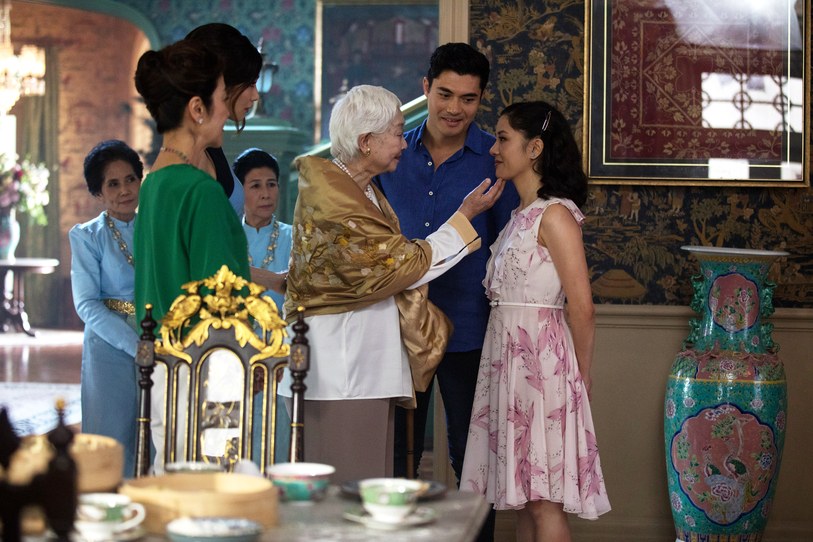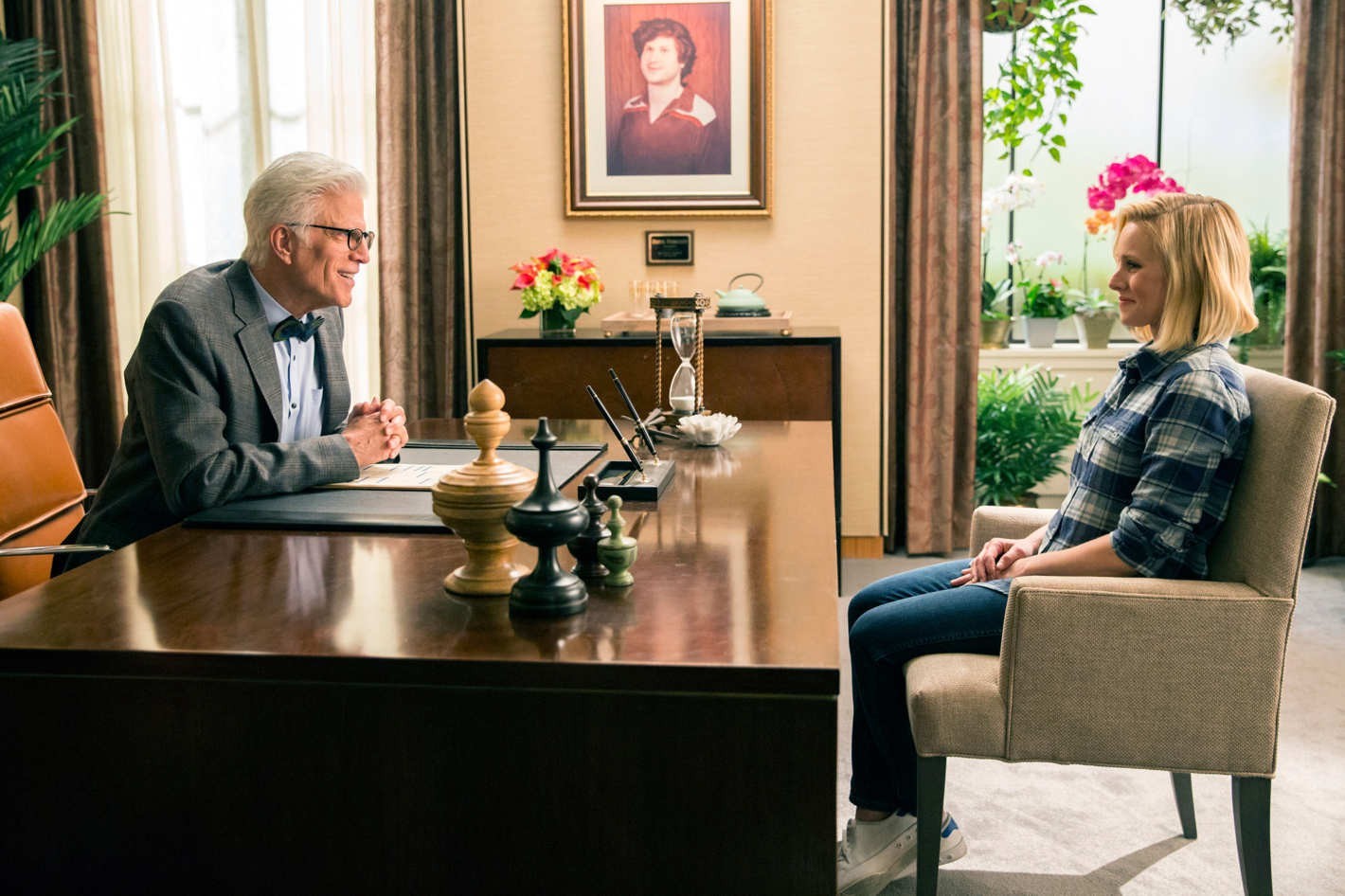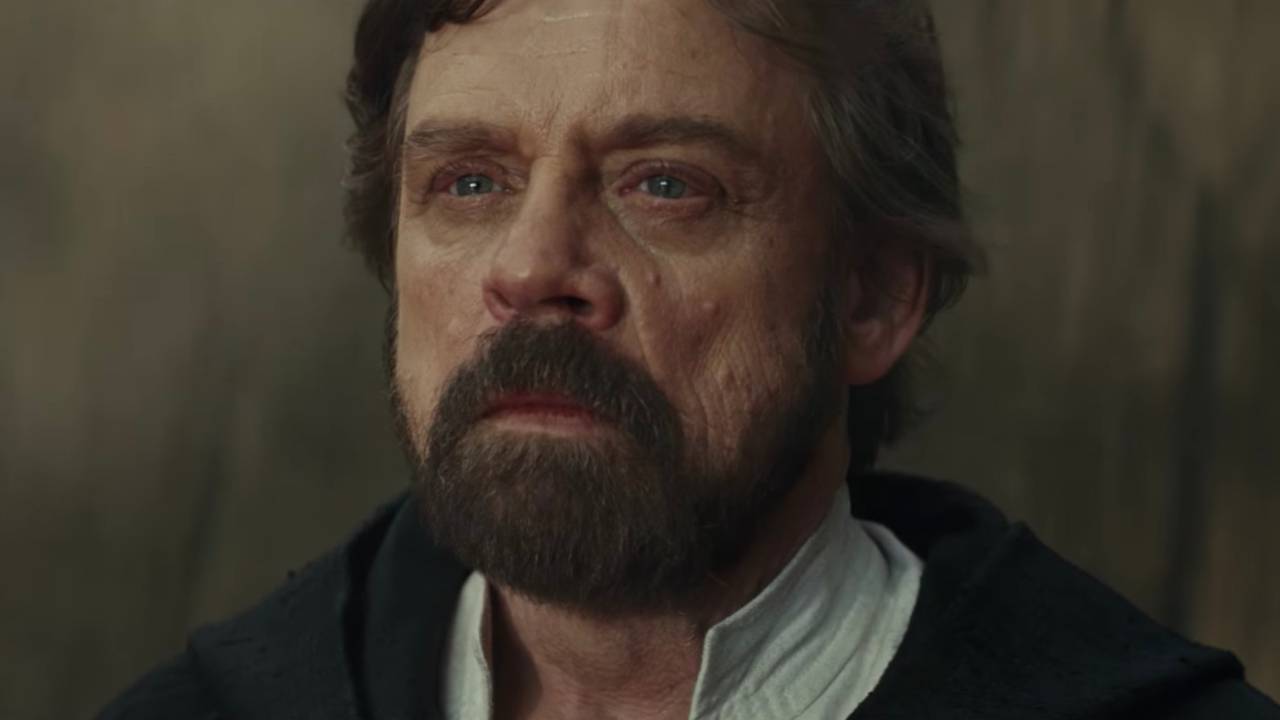Crazy Rich Asians released last week in theaters. The film earned the number one spot at the domestic box office two weekends in row. Attendance dropped only 6% in the…
Crazy Rich Asians released last week in theaters. The film earned the number one spot at the domestic box office two weekends in row. Attendance dropped only 6% in the second weekend, something that is nearly unprecedented in films. It is the first major studio film set in a contemporary setting to feature an all-Asian cast in the last 25 years. The last film being The Joy Luck Club. Crazy Rich Asians is a romantic comedy based on a best-selling novel by Kevin Kwan, and is helmed by director, Jon C. Chu. It stars Constance Wu, Henry Golding, and Michelle Yeoh. The entire cast is fantastic in this film. Remarkably this is Henry Golding’s first feature film, but he gives a wonderfully charming performance as Nick Young.

The story follows Rachel Chu (Constance Wu), a young successful Chinese-American economics professor who has been dating for a year the charming Nick Young. Unbeknownst to Rachel, Nick Young is the heir-apparent to the insanely rich Young family of Singapore. When Nick invites Rachel to attend a wedding with him in Singapore to meet his family the hijinks ensue.
Crazy Rich Asians is an excellent romantic comedy. Both leads are instantly likeably, and share a fantastic chemistry. I found the movie to be hilarious. I was surprised at the depth at which it tackled issues of race, class, and cultural differences between Asian-Americans and Mainland-Asians. These all combine to create a warmly funny and moving film. I highly recommend Crazy Rich Asians to those who love a good romantic comedy, and encourage you to see it on the big screen if you can.
In Defense of Romantic Comedies
Some might wonder what biblical truth one could possibly pull from a romantic comedy such as Crazy Rich Asians. I firmly believe that Crazy Rich Asians could be a significant cultural event. There is more than I possibly write about in one small review so I will only highlight a few thoughts.
Romantic Comedies had seemingly fallen out of favor with audiences, but recently they have making a comeback primarily through streaming services such as Netflix. I personally have a deep affection for Rom Coms such as When Harry Met Sally and While You Were Sleeping to name a few. With the success of Crazy Rich Asians I hope this means we will see an increase in good Romantic Comedies on the big screen.
One often spouted critique of romantic comedies is that they are cliché. However, I find this critique to be misguided. When we think about the nature of Story in general we find that all stories follow basic patterns and archetypes. If it was the simple story beats of a romantic comedy that made them bad, then they would not tap into our desires, nor would there be an audience for such films. Now for sure there are many bad romantic comedies, just as there are many bad dramas. How the story is executed defines what makes a good film from a bad film.
We are drawn to the retelling of these familiar stories because we all bear the image of God. Romantic comedies like Crazy Rich Asians also reveal something about us as human beings: we all long to love and to be loved by someone. We all desire complete trust and intimacy with others. This is why we are so taken by films like Crazy Rich Asians. We all want to believe that we can find someone who will love us as we are.

This desire for love is universal. Crazy Rich Asians demonstrates that it does not matter what your race, class, sex, cultural background, or country of origin is; we all love to be loved and to love. We are all bearers of the Imago Dei and we are all beautiful in the eyes of God. We are all valuable. In the great metanarrative of Scripture we see this longing portrayed. Once we were in perfect loving relationship with God and each other, than sin entered the world and relationships were broken. We have lost the perfect intimacy and love that we so desire. The Gospel story is in this sense an epic romance, where God pursues those that he loves. We are so undeserving of his love yet God gives his love freely to us.
Furthermore, Crazy Rich Asians demonstrates the power of representation. One does not have look very hard online to see the impact this is having on the Asian-American community. The film shines a light on the beauty of Asian faces. One cannot underestimate the power of seeing someone like yourself being displayed as beautiful and valuable.
And if one should doubt that representation matters, let us be reminded, “the Word became flesh and dwelt among us.” Humanity became infinitely more valuable when Jesus who was fully God took on humanity. Jesus lovingly left his heavenly throne and descended to earth to become our representative to God the Father; “For we do not have a high priest who is unable to sympathize with our weaknesses, but one who has been tempted in every way as we are, yet without sin. Therefore, let us approach the throne of grace with boldness, so that we may receive mercy and find grace to help us in time of need” (Hebrews 4:15-16).

Crazy Rich Asians points us toward the truths that all people regardless of race are intrinsically valuable because they are image bearers. It reminds us that there is power in being represented. It reminds us that we all long to love and be loved. This deep desire of our hearts is most fully fulfilled in life and death of Jesus Christ who became like us, so that we might become sons and daughters of God. And one day in heaven there will be a beautiful diversity of people of every tongue and every race praising God together. What a glorious day that will be we those who know the Lord will have the deepest longing of their hearts satisfied.









